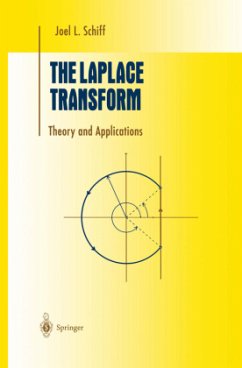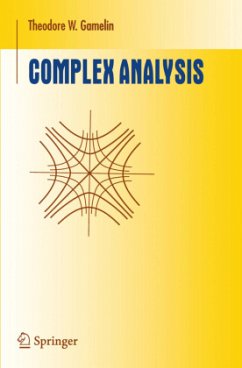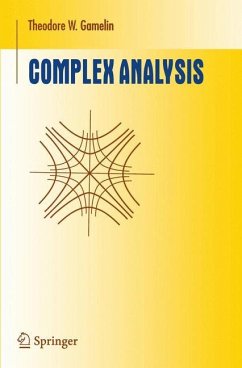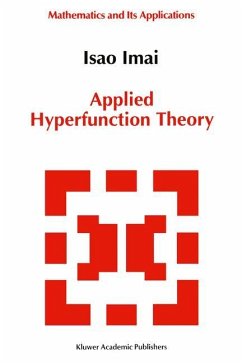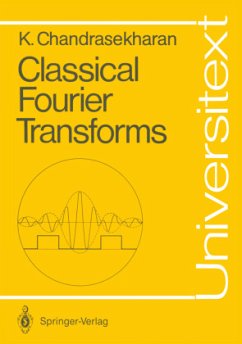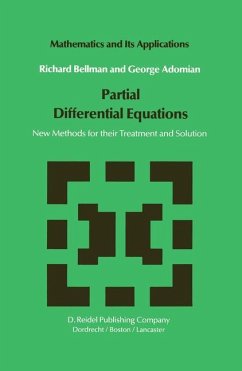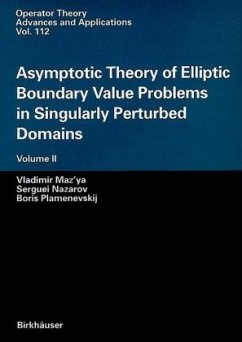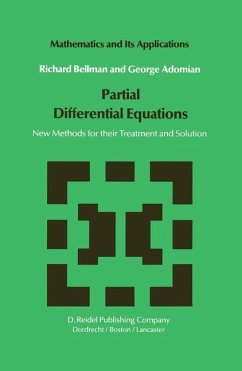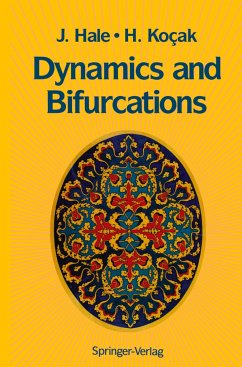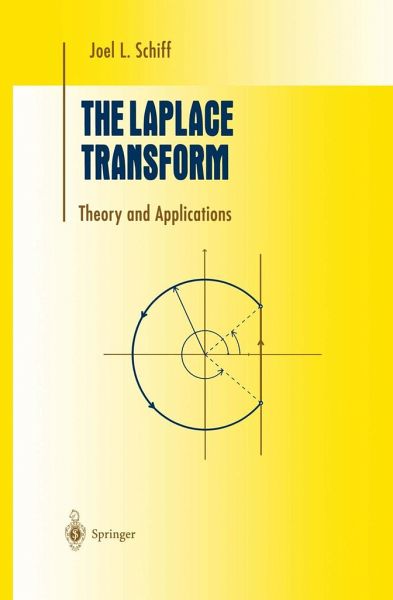
The Laplace Transform
Theory and Applications
Versandkostenfrei!
Versandfertig in 1-2 Wochen
60,99 €
inkl. MwSt.
Weitere Ausgaben:

PAYBACK Punkte
30 °P sammeln!
The Laplace transform is an extremely versatile technique for solving differential equations, both ordinary and partial. It can also be used to solve difference equations. The present text, while mathematically rigorous, is readily accessible to students of either mathematics or engineering. Even the Dirac delta function, which is normally covered in a heuristic fashion, is given a completely justifiable treatment in the context of the Riemann-Stieltjes integral, yet at a level an undergraduate student can appreciate. When it comes to the deepest part of the theory, the Complex Inversion Formula, a knowledge of poles, residues, and contour integration of meromorphic functions is required. To this end, an entire chapter is devoted to the fundamentals of complex analysis. In addition to all the theoretical considerations, there are numerous worked examples drawn from engineering and physics.When applying the Laplace transform, it is important to have a good understanding of the theory underlying it, rather than just a cursory knowledge of its application. This text provides that understanding.
The Laplace transform is a wonderful tool for solving ordinary and partial differential equations and has enjoyed much success in this realm. With its success, however, a certain casualness has been bred concerning its application, without much regard for hypotheses and when they are valid. Even proofs of theorems often lack rigor, and dubious mathematical practices are not uncommon in the literature for students. In the present text, I have tried to bring to the subject a certain amount of mathematical correctness and make it accessible to un dergraduates. Th this end, this text addresses a number of issues that are rarely considered. For instance, when we apply the Laplace trans form method to a linear ordinary differential equation with constant coefficients, any(n) + an-lY(n-l) + · · · + aoy = f(t), why is it justified to take the Laplace transform of both sides of the equation (Theorem A. 6)? Or, in many proofs it is required to take the limit inside an integral. This is always fraught with danger, especially with an improper integral, and not always justified. I have given complete details (sometimes in the Appendix) whenever this procedure is required. IX X Preface Furthermore, it is sometimes desirable to take the Laplace trans form of an infinite series term by term. Again it is shown that this cannot always be done, and specific sufficient conditions are established to justify this operation.





